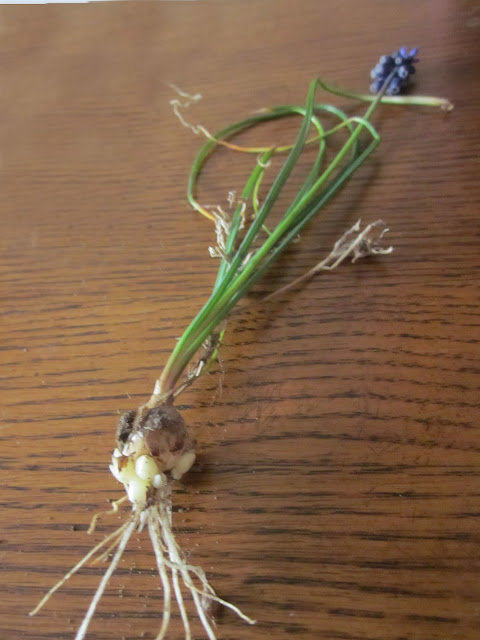Other things I don't know how to spell:
Tocu
Tajing Verde
Pasta chuto con pesto
Torta
Poulenta
Pondusa
And the affectionate:
fetchabrutta
fatchabella
depending on if we had behaved or if our grandfather (PopPop) was teasing us : )
There's also a couple of lullaby's we have as a family that I only know the phonetics to, but I digress back to fugassa.
For the longest time I didn't actually know how to say "Fritata", so forget spelling it. When my dad made these great leftover Italian omelette's (that aren't omelette's) he'd ask if we wanted a "Fri-ta-ta-ta-ta-ta-ta", but maybe with a few more "ta-ta-ta's" on the end.
I remember my grandfather making fugassa and that it wasn't like a regular bread dough. It was smoother and we sometimes got to be the ones to poke our fingers in it. It was drizzled with olive oil and salt on top and it was amazing.
The recipes I have found are often a mix between pizza dough and a flatter focaccia bread. Something in between seems about right.
So I mixed up a batch of dough. We let the water, yeast, olive oil and flour (and a touch of dried rosemary) rise while we went out to the store to buy some garlic for another dish. I think milk might be in the regular recipe, but we were out. I let it rise once on our little rise spot, punched it down, and set it on the counter to rise again while we were out.
Here's what we came back to:
 |
| "Yeast, When Spores Attack!" 1950. Scarier than a tomato monster. |
I am a Messmaker. It's not really a hereditary "in my blood" kind of thing but I am absolutely a Messmaker. I can use a pinch of cornstarch to thicken a gravy or dip and it will manage to get all over the entire kitchen and me. Only a tablespoon may have come out of the container, and I swear a tablespoon went into the dish, but somehow it manages to defy some fundamental laws of matter creation and populate every surface in the kitchen.
I'll admit it, I'm a pretty good cook. I can creatively and tastefully make use of just about anything and re-purpose leftovers into almost totally new dishes. My husband (isn't just saying this as a newlywed) enjoys my cooking.
However, he may not always enjoy my messes. He, I think, affectionately calls me his Messmaker. I really can't deny that I am the hurricane that manages to spread papers over an entire room while I'm studying for a test, or that I knock over neatly arranged piles because I have yet to remember where this table-corner has always been since we have moved in.
I love my very patient husband.
 |
| He loves me, he really does! |
Also:
 |
| This is what he's so happy about! |
So I used the recipe I found from Simply Recipes but I knew the one I was trying to make shouldn't feel quite as much like bread. So I stopped counting cups of flour and went until it felt like a 3rd grader made pancake batter as sticky as possible. I have since found a recipe (which again, I can't spell half of) on a forum: http://www.gennarino.org/fugassa.htm The consistencies of the two doughs are very different, with the latter being less....less like dough.
With my big big big exam tomorrow, I thought a nice fast bread would be tasty. I'll post more pictures, including the finished, tasty product, when I'm done with this comprehensive exam. Enough procrastinating, time to redraw the Nitrogen cycle.
I think my goal as a cook and a scientist is sometimes to see how many red squiggly underlines I can get in a single post. What things that you write about has word processing not caught up with? What are some dishes your family makes that you either don't have a recipe for, or don't know how to spell because it's an oral tradition?
























